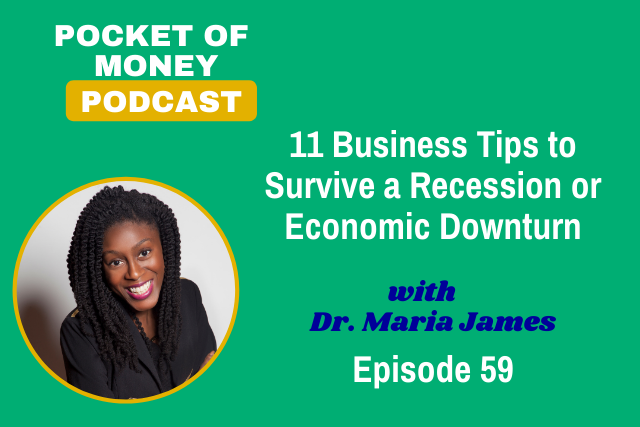A Beginner’s Intro To Cryptocurrency Investment

From being the preserve of software developers and early adopters, the cryptocurrency phenomenon has burrowed its way into mainstream investment during the last decade or so. We’ve noted on the POM Podcast that given the volatility that’s baked into most cryptocurrencies, it should only be done with money you can spare. For those who can carefully dip into the crypto market, let’s get down to the brass tacks.
What is cryptocurrency?
The technology behind cryptocurrencies is well-explained by Time writer Kendall Little’s article on the blockchain, but it’s important to know that each unit of one is unique as well as private — that is, ownable and not state-backed. These qualities mean, that unlike a centralized bank account ledger, a decentralized crypto ledger is updated via a global network. The fact that they aren’t state-backed is mainly what accounts for their volatility compared to dollars or yen.
How does investment work?
There are a number of ways to invest, but the most popular and direct way to invest in crypto is to purchase them on an exchange. Options include trading them for other ones, borrowing and lending, but many choose simply to hold them like any other asset. Thousands of cryptos and hundreds of exchanges exist, but in both cases there are a few that stand out. A number of cryptos include an option to sign up for a virtual wallet to hold and exchange your crypto on the platform instead of downloading separate software. Since exchanges take fees and charges — although some of these are for use on the crypto network and not of the exchange — exchanges such as Coinbase have become serious businesses, making them a potential stock investment.
What are the major cryptos?
Unless you live underground, you’ll probably have heard of Bitcoin, the original cryptocurrency. And that one has consistently remained top of most rankings in terms of key metrics like market cap and unit price. The two main categories of competitors are a) Ethereum and its competitors, which are linked to networks that have more software capabilities than Bitcoin and so are used for different applications b) so-called ‘stablecoins’ like Tether, which are price-matched to USD or other major currencies, making them popular as a medium for holding and exchange.
What are some trendy cryptos?
Beneath the mainstays atop the pecking order, there are some that bubble up from time to time. For instance, although starting as a meme, people purchase Dogecoin and its copycats as a semi-serious investment in many cases.
More recently, major players in the market for crypto-backed non-fungible token (NFT) assets Bored Ape Yacht Club recently sold some ‘land’ inside their as-yet unreleased game, where instead of buying their Apecoin cryptocurrency, NFT investors get free access.
Then there are other kinds of assets like SushiSwap. The primary reason why investors buy SushiSwap is actually as an exchange wherein people can buy and sell digital assets. As this exchange has gained prominence thanks to these, its corresponding coin –– SUSHI –– has become something of a trendy asset in and of itself, and can be used to vote on governance of the platform.
Overall pros of investing in crypto
Being so wild, crypto is exciting for some. However rare, the potential margins from getting in early on an asset like Bitcoin could be life changing. Enthusiasts claim there’s still room to grow before becoming the main currencies of the future.
Overall cons of investing in crypto
As mentioned, the key issue is price rollercoasters. This is true of individual cryptos, parts of the market and the whole thing. The aforementioned market for NFTs has effectively crashed at the time of writing, for instance. In addition there is probably more than a normal amount of scamming and hacking.
Ultimately, cryptocurrency investment can be fun, but comes with caveats. If it sounds too good to be true, it probably is!





